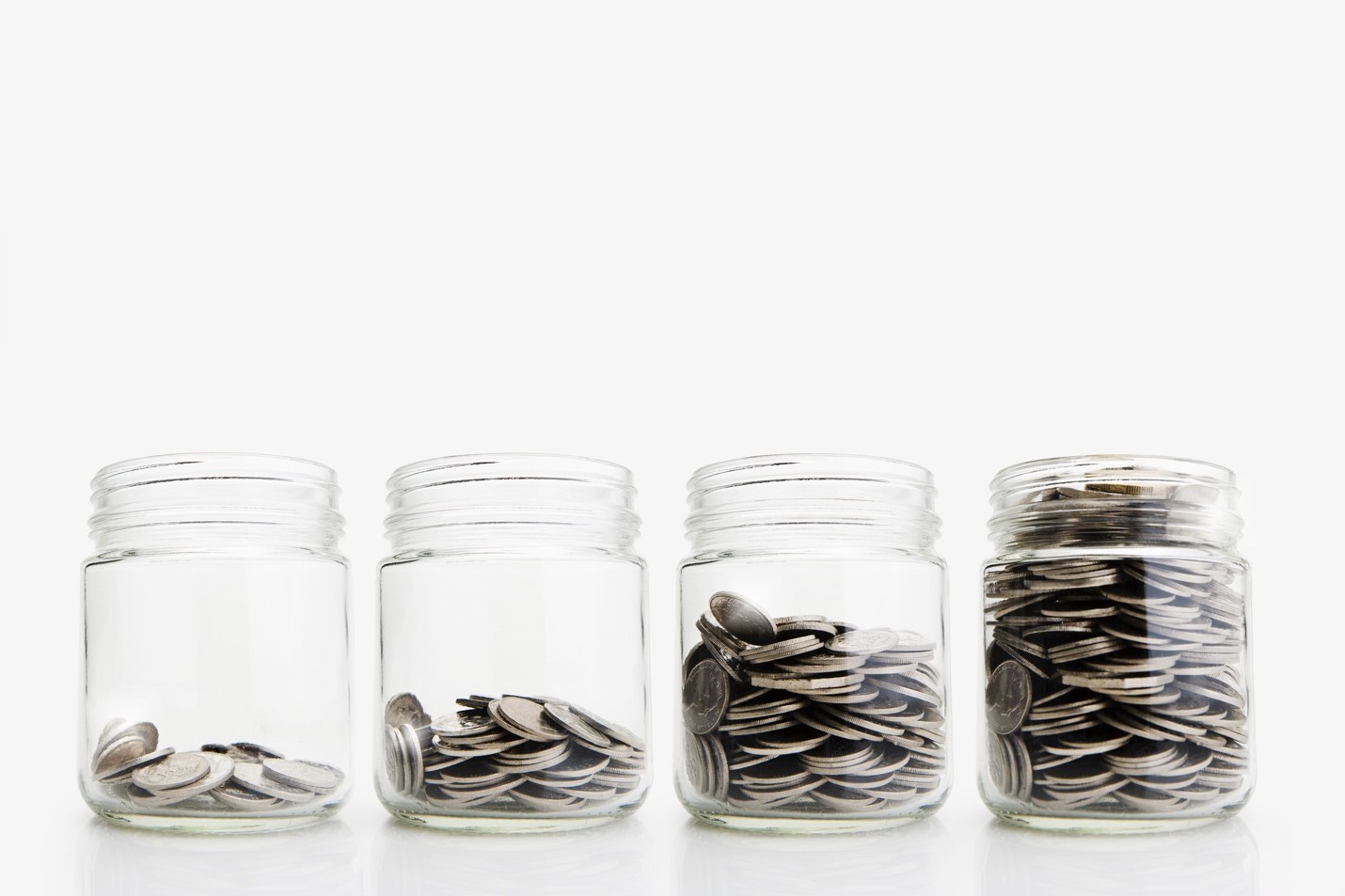
While glass half-full and glass half-empty people are often portrayed as sitting at opposite ends of the spectrum, their combined perspectives provide a balance that can lead to greater organizational strength, resilience, and growth.
The phrase "some people see the glass as half full, while others see it as half empty" is a popular metaphor used to describe people's different perspectives on the same situation. That in itself is fine. Both people have accurately described the glass - after all, a glass that is half full is also a glass that is half empty, or a glass that is half empty is also a glass that is half full. You can't have one without the other.

It's disheartening when people apply positive and negative stereotypes to these perspectives, creating a false dichotomy between so-called 'optimists' who see the glass as half full and focus on the positives, and so-called 'pessimists' who see the glass as half empty and focus on the negatives. As someone often labeled as being in the 'glass half-empty' group, I have strong feelings about this.
Optimists are often perceived as hopeful, resilient, and cheerful—good in a crisis, finding the silver lining, and keeping morale high. They're seen as solution-oriented, willing to innovate, take risks, and believe in positive outcomes. Conversely, pessimists are often described as cynical, joyless, or overly critical, potentially stifling team spirit and innovation. Their focus on potential problems can lead to hesitation in decision-making or resistance to change.
Challenging The Stereotypes
Let's challenge these stereotypes. Shouldn't we consider whether optimists might be naive or harbor unrealistic expectations? Could their enthusiasm to move forward or maintain a positive outlook lead them to overlook potential risks or downsides? And shouldn't we celebrate pessimists as realists who are more likely to anticipate and guard against potential problems? They offer critical analysis and careful planning, mitigating risks before they become major issues. Shouldn't we also acknowledge their ability to see the opportunity in the half-empty glass?

Leveraging Diverse Perspectives
Look, neither view is inherently good or bad; we need to move beyond this simplistic and inaccurate perception. Both perspectives are essential to a healthy, thriving organization. Let's reframe our thinking about these two groups, focusing on leveraging their strengths to help your organization reach its full potential. Glass-half-full individuals can drive innovation and motivate the team to achieve ambitious goals. In contrast, glass-half-empty individuals can anticipate and plan for potential challenges, ensuring sustainability and prudence. This balance fosters more robust and well-considered strategies.
While glass-half-empty individuals offer a measured approach, when necessary, glass-half-full individuals can push boundaries and make swift decisions on new opportunities. Together, they ensure that decisions are both bold and well-considered, balancing speed and caution. Glass-half-full individuals can boost morale and maintain enthusiasm, while glass-half-empty individuals keep the team grounded and ensure that goals are realistic and achievable. This dynamic prevents group thinking and encourages a more comprehensive exploration of issues.
In the ever-changing landscape that every destination organization faces, glass-half-empty individuals help prepare the organization for adverse outcomes and ensure resilience. On the other hand, glass-half-full individuals can lead the way by adapting quickly and viewing change as an opportunity. By incorporating the perspectives of both groups, an organization can develop strategies that are visionary yet prudent in execution. This approach ensures that strategies are not only aspirational but also practical and grounded in reality.

The Power of the Glass-Half-Full Individuals
Glass-Half-Full individuals bring boundless enthusiasm and a can-do attitude to the table. Their positive outlook fuels creativity and innovation, inspiring teams to push boundaries and envision a brighter future for their destination. They are natural motivators, rallying stakeholders around a shared vision and fostering a sense of collective purpose.
- Destination Marketing and Sales: Glass-Half-Full individuals excel at crafting compelling narratives that showcase the unique allure of a destination. Their infectious enthusiasm resonates with potential visitors, sparking a desire to experience the destination firsthand.
- Strategic Planning: Glass-Half-Full individuals take a proactive approach to planning, always seeking new opportunities for growth and development. They encourage bold thinking and risk-taking, which are essential for staying ahead in a competitive landscape.
The Value of the Glass-Half-Empty Individuals
Glass-Half-Empty individuals, on the other hand, provide a crucial counterbalance. Their cautious nature encourages careful analysis and risk assessment, ensuring that potential pitfalls are identified and mitigated. They bring a healthy dose of realism to decision-making, helping teams avoid costly mistakes.
- Destination Management: Glass-Half-Empty individuals excel at contingency planning, preparing for worst-case scenarios, and developing strategies to minimize disruptions. Their vigilance helps protect the destination's reputation and ensures visitor safety.
- Strategic Planning: Glass-Half-Empty individuals play a vital role in stress-testing plans and identifying potential vulnerabilities. Their critical eye helps refine strategies and ensure long-term sustainability.
In conclusion, while individuals with glass-half-full and glass-half-empty perspectives are often portrayed as opposites, their combined viewpoints offer a balance that can lead to greater organizational strength. This synergy enhances resilience, fosters more informed decision-making, improves destination marketing and sales efforts, strengthens internal strategic plans and external destination management plans, and ultimately drives sustainable success.
As an example, I would offer up the successful leadership teams during my tenure at both Choose Chicago and Destinations International. Don Welsh can be seen as a classic glass-half-full individual and I am often viewed as the glass-half-empty individual. Together we combine to create a balanced viewpoint, looking at issues and opportunities from all angles. It is part of our success as a team. And as we have filled out teams within our organizations, we have actively considered mixing those two views helping to achieve that balance within the organizations.
One more thing. For the record, comedian George Carlin raised a third point of view. He observed that some people see the glass as half-full and others as half-empty. But he saw the glass as twice as big as it needed to be, and he was not wrong either. It is a thinking outside the box perspective and sprinkling a few of these types throughout the organization is not a bad idea either.
Submit Your Thought Leadership

Share your thought leadership with the Destinations International team! Learn how to submit a case study, blog or other piece of content to DI.


